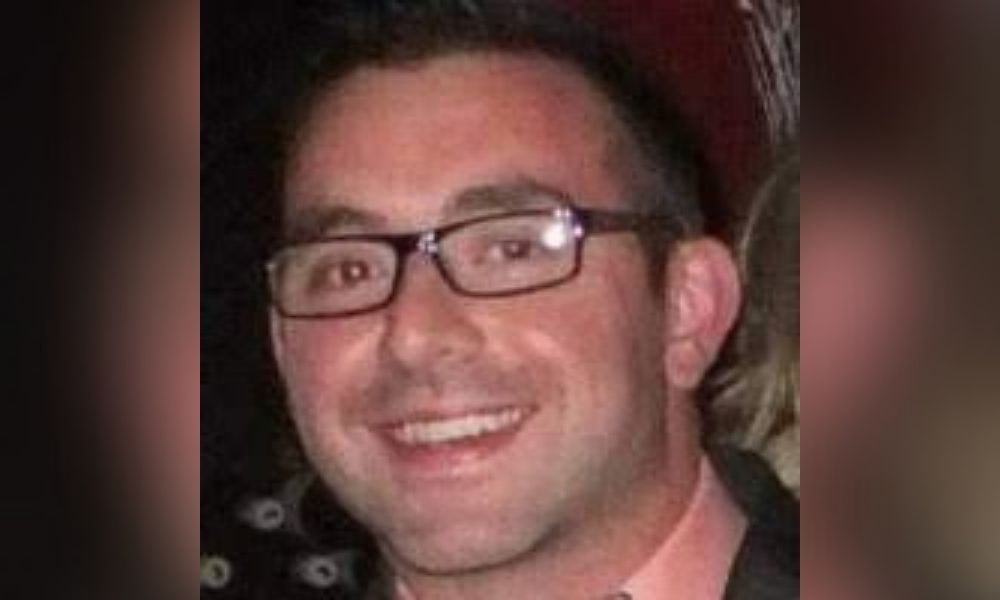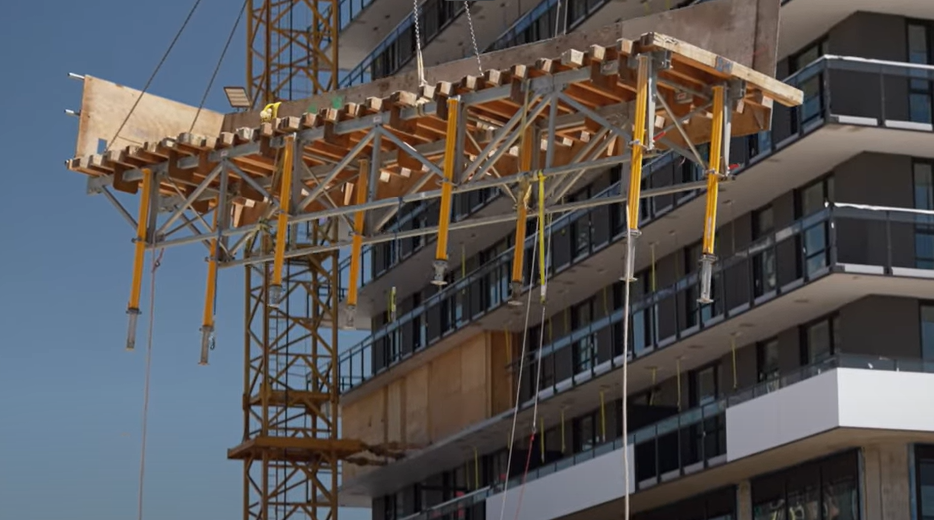Industry needs to be looking towards the next big thing, says safety specialist

The safety sector's leading voices are always looking to innovate. Elias Makhoul, health, safety and research excellence specialist for construction company Modern Niagara, believes that Canada has become a world leader in the field. He remains restless, however, and wants to know what's next for the construction industry?
He says: “We’ve got fundamentals, we’ve got good engagement – how do we level up? Where do we go from here? And that’s the part that I’m really excited about looking towards the future [and] thinking about our next evolution. What’s the next thing that we’re going to do that is really going to make strides for our industry?”
Makhoul's role is relatively unique in the current OHS landscape. Modern Niagara has four buckets under its OHS umbrella: health and safety, mental health and wellness, corporate social responsibility, and sustainability. Makhoul’s role is to provide research that will support those four buckets, and to “look at future health and safety strategies to better improve our culture, our data, our analytics, as we progress and grow as an employer".
He deals with data on a daily basis and says, “it’s been pretty rewarding; I get to use a lot of different skills. I’m a big math nerd so I focus a lot on large-scale data and analytics".
Prior to his research role, Makhoul was a field specialist. He started working in safety right after leaving university. And he has been passionate about health and safety since working at a cement manufacturing company as a student job.
“I witnessed one of my supervisors get hit really hard with a compressed air hose that wasn’t secured. It knocked him unconscious. And it took a while for [the company] to actually direct the emergency crews to give him some assistance. For me, it was really telling about the processes of organization,” he says.
“So, safety was really at the forefront of my mind. I always looked at getting into a career where I could help, and protect people in some way, shape or form.”
Makhoul just completed a five-year research project on safety culture/climate for Modern Niagara. He administered and analyzed data gathered over three time periods using the reliable and valid Safety Climate Assessment Tool, or S-CAT, developed by a colleague, Dr. Linda M Goldenhar, Director of Research and Evaluation, and her team at CPWR: The Center for Construction Research and Training. The S-CAT scores allowed Modern Niagara to view their level of safety climate maturity across eight leading indicators of jobsite safety and determine what to focus on for improvements and strengthen the safety climate.
He is keen to share, explaining that safety shouldn’t be proprietary.
Modern Niagara is “very transparent about our safety program, we actually share our programs with our competitors. We should never leverage worker safety as a competitive advantage,” says Makhoul.
“Our intent is to emulate those good behaviours and that good culture, and we hope that it organically creates an environment where other employers want to aspire to that as well.”
After university, Makhoul worked for a consulting firm – the hard job, he says, was convincing clients that investing in safety is financially worth it. “The biggest challenge in my career has been being able to show to a certain client or to a certain company that by taking these steps – as much as they be costing from a front load perspective – what they will get out of it later. How is this going to save money in the long term?”
With workplace health and safety becoming more and more of a priority, companies may finally be willing to invest and looking to the future of its workforce. Safety has evolved from being simply reactive to being proactive. Now, says Makhoul, we need “to look at how we shift the conversation in our industry to go from being proactive to something where safety becomes a routine, it just becomes something that is ingrained within us.
“Safety really is an inherent belief, but it’s also an inherent behaviour that we need to practice. And when an organization holds that as a cornerstone, or a core value, then safety is underlying in everything.”





